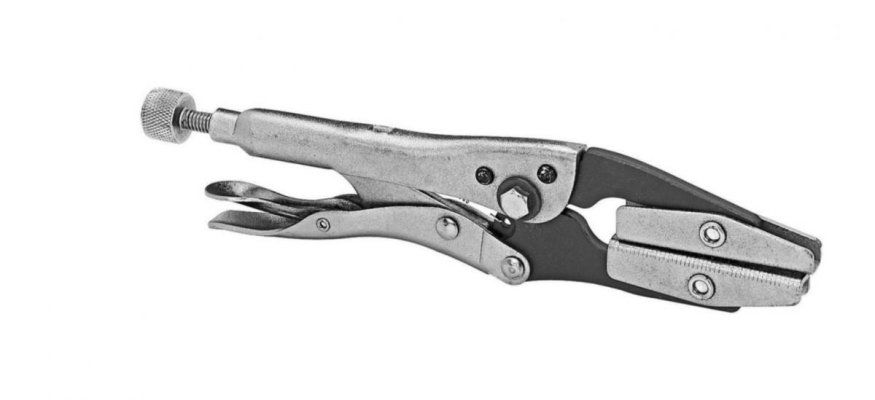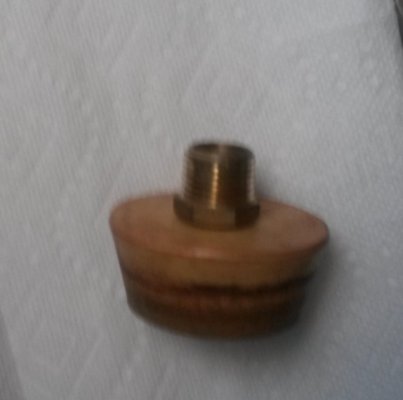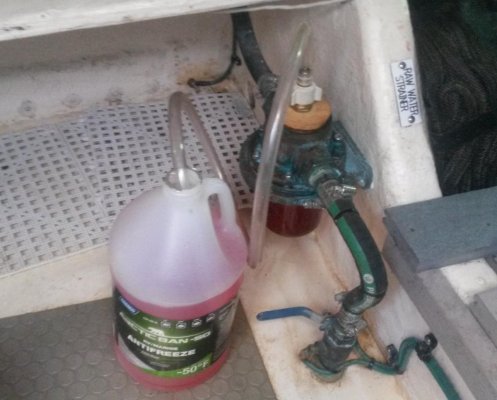Lshulan
Senior Member
- Joined
- Jan 10, 2022
- Messages
- 156
- Vessel Name
- Voyager
- Vessel Make
- Mainship 390
On a 2002 MS 390, there are two air conditioners, one is located under the berth in the master stateroom. Where is the other one? And I understand that while two air conditioners, there’s only one pump, is that correct? The PO gave me good instructions for winterizing the HVAC by hand pumping antifreeze thru the DISCHARGE holes to drain back thru each system and then it will drain into the strainer. Thoughts on this?






